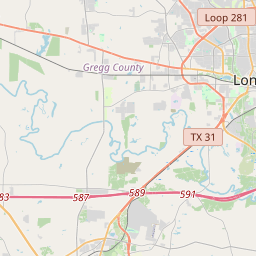Temple Emanu-El Cemetery







Graves: 63 (1958-active)
To address the problem of cemetery destruction and to record as many cemeteries as possible, the Texas Historical Commission offers the Historic Texas Cemetery designation.
The Historic Texas Cemetery designation was developed in 1998 to help protect historic cemeteries by recording cemetery boundaries in county deed records to alert present and future owners of land adjacent to the cemetery of its existence. Every county in Texas has at least one cemetery designated as a Historic Texas Cemetery through this program. The HTC designation is the first step toward preservation of a historic cemetery.
A cemetery is eligible for designation if it is at least 50 years old and is deemed worthy of recognition for its historical associations. The very nature of a cemetery being a landmark of a family’s or community’s presence is considered to validate the criteria of historical associations. Any individual, organization, or agency may submit a request for designation.
More history nearby
The University of Texas at Austin, founded in 1883, is one of the largest universities in the United States and has produced many notable alumni, including several U.S. presidents.
During the mid-19th century, Harrison County played a significant role in the development of Texas. The discovery of oil in the nearby East Texas Oil Field in 1930 brought prosperity and growth to the county. This led to the establishment of several oil companies, driving economic development and creating job opportunities for local residents.
Harrison County was also deeply impacted by slavery and the Civil War. Prior to the war, the county was home to numerous large plantations that relied on enslaved labor for agricultural production. The war left a lasting impact on the county, which continued to struggle with racial tensions and inequality in the years following the war.
Today, Harrison County remains an important part of Texas history and boasts a diverse and vibrant community. The county is home to a number of historic sites, including the Texas and Pacific Railway Depot and the W.C. Dewberry Home and Museum, which showcase the area's rich cultural heritage. With its blend of history and modern progress, Harrison County continues to be a significant contributor to the growth and development of Texas.
Harrison County Timeline
This timeline provides a glimpse into the major events and milestones that have shaped the history of Harrison County, Texas.
- 1839 - Harrison County established as a county in the Republic of Texas
- 1840 - Marshall becomes the county seat of Harrison County
- 1861-1865 - Harrison County residents serve in the Confederate Army during the American Civil War
- 1873 - Great Fire of Marshall destroys much of the city
- 1881 - First telephone exchange established in Marshall
- 1902 - Texas and Pacific Railway brings economic growth to the county
- 1930s - Oil discovery leads to an economic boom in Harrison County
- 1979 - East Texas Oil Museum opens in Kilgore, showcasing the region's oil industry
- 2005 - Hurricane Rita causes significant damage to the county
- 2020 - Present day